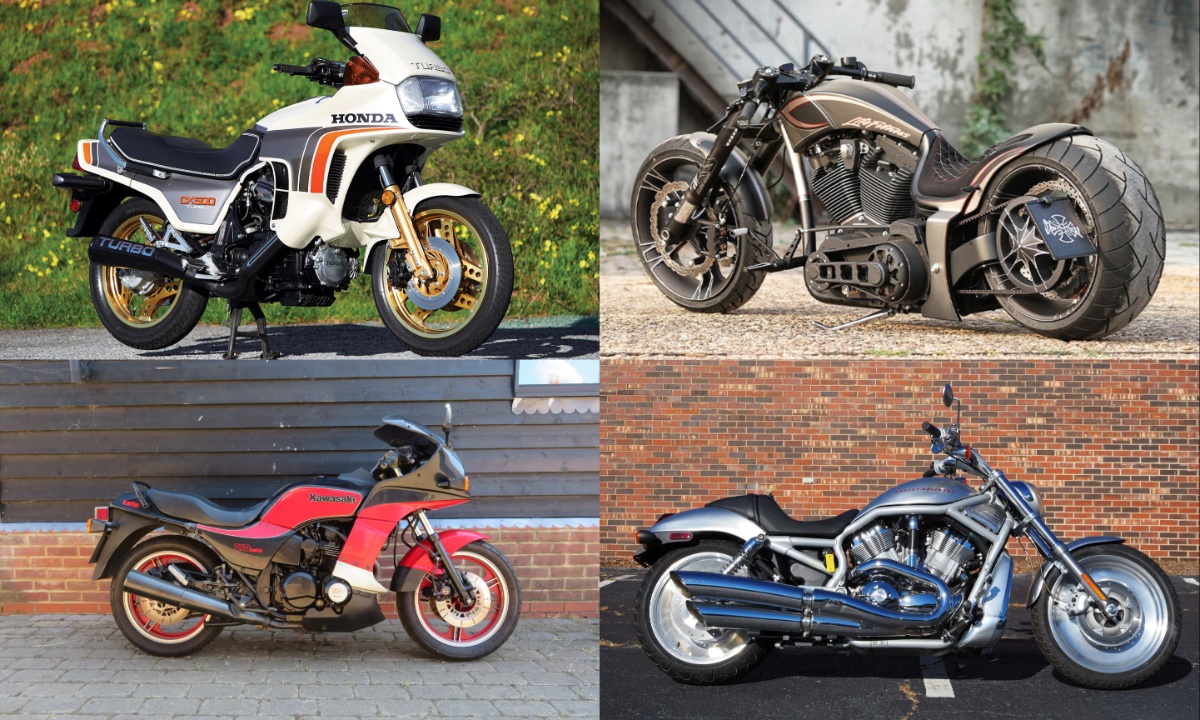Many motorcycles have earned the reputation of being among the most dangerous bikes ever produced. These bikes often evoke awe due to their extreme acceleration and breathtaking top speeds. However, power and speed alone do not define a dangerous motorcycle.
The real danger arises when a bike exceeds a rider’s skill level or has modifications that compromise safety. While some motorcycles appear harmless at first glance, they can still pose significant risks if not handled properly.
A motorcycle can be deemed dangerous due to poor design, structural flaws, or inadequate safety features. Issues such as a weak braking system, limited cornering clearance, or an unstable chassis increase the likelihood of accidents.
The most dangerous motorcycles are those that put riders at higher risk due to engineering flaws or excessive power that is difficult to control. Riders must consider these factors before choosing a bike, as safety should always be a priority.
Despite the potential risks, having a powerful engine does not automatically make a motorcycle unsafe. Experienced riders who possess proper training and a responsible mindset can safely handle high-performance motorcycles.
Controlling power output and ensuring the bike is equipped with necessary safety features, such as ABS and traction control, can significantly reduce the risk of accidents. A well-balanced motorcycle with reliable brakes and a sturdy frame can provide an exhilarating yet safe riding experience.
Another critical factor in determining a motorcycle’s safety is how its engine power is delivered. If power is distributed smoothly across the rpm range, the ride becomes more stable and predictable.
However, an engine that delivers power erratically can make the bike difficult to control, leading to jerky and unpredictable movements. Modern motorcycles integrate advanced technology and comfort features to enhance safety, whereas older models often lack essential systems that prevent tire slippage and improve braking efficiency.
Ultimately, a motorcycle’s danger level depends not just on its design but also on the rider’s experience and behavior. A skilled and responsible rider understands the importance of control and respects the machine’s power.
In contrast, reckless riding or inexperience can turn even a well-designed bike into a dangerous vehicle. Regardless of whether someone rides a high-performance superbike or a simple scooter, adhering to traffic rules and riding responsibly is crucial to ensuring safety for both the rider and others on the road.
1. Kawasaki H2 750 (1972)
The Kawasaki H2 750 was a powerful 750 cc two-stroke motorcycle notorious for its dangerous characteristics, earning the infamous title of “widowmaker.” While its acceleration was breathtaking, the bike suffered from serious flaws that made it difficult to control.
One of its most concerning issues was its outdated braking system, which was far too weak for a bike with such high-speed capabilities. This made stopping safely a challenge, particularly for inexperienced riders who were not accustomed to handling such power.
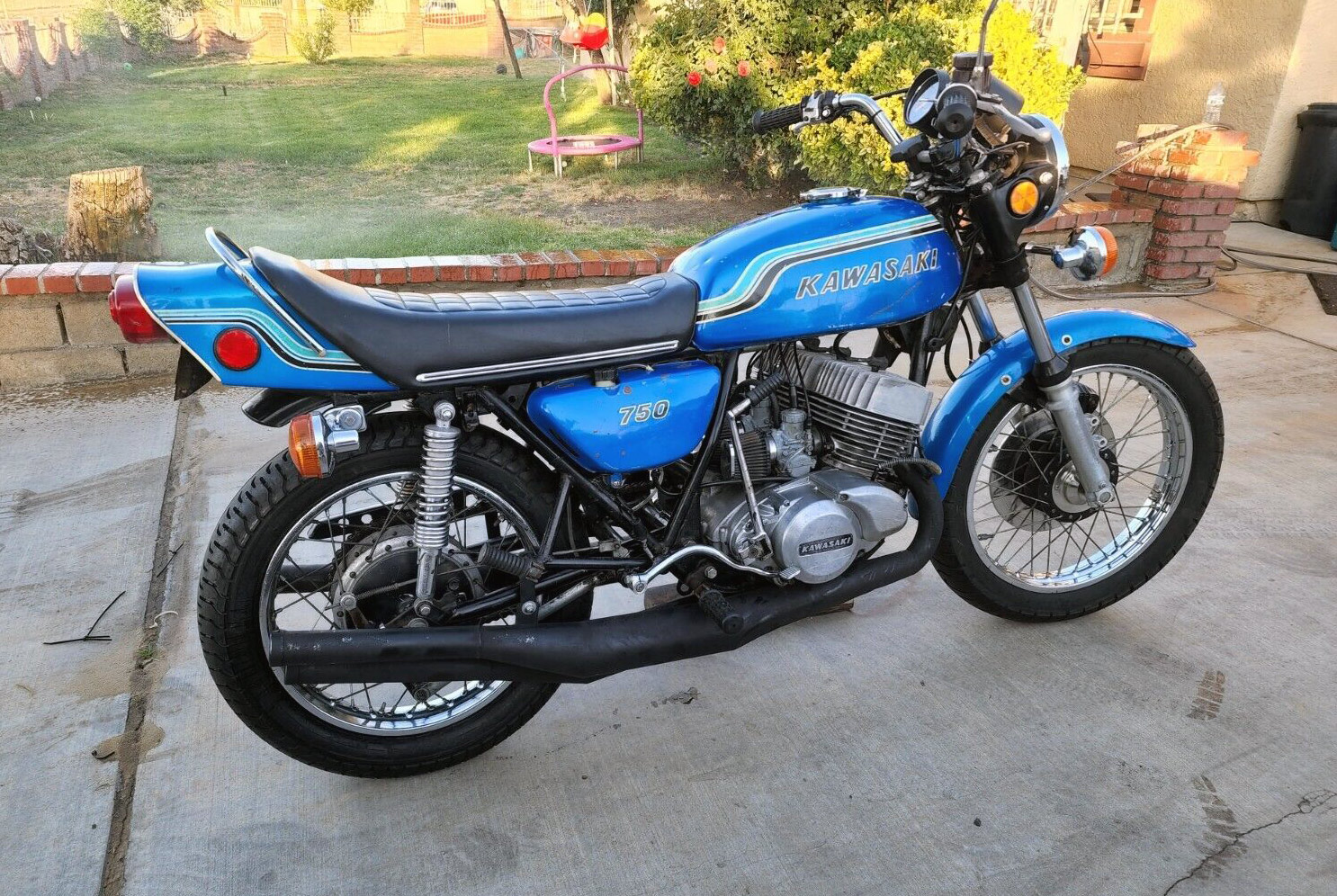
Another major factor contributing to its danger was its unpredictable power delivery. Like most two-stroke engines, the H2 750 had a narrow powerband, delivering sudden bursts of acceleration that could easily throw an unprepared rider off balance.
This abrupt surge made it difficult to maintain smooth and steady control, increasing the likelihood of accidents. Riders needed exceptional skill and experience to manage the bike’s aggressive nature.
Beyond its power and braking issues, the H2 750’s frame lacked the rigidity necessary for high-speed stability. Under hard acceleration, the frame would flex, making the bike’s handling erratic and unpredictable. This structural weakness, combined with its raw power and poor braking, made the Kawasaki H2 750 a thrilling yet extremely risky motorcycle to ride.
2. Suzuki TL1000S (1997)
The Suzuki TL1000S earned the reputation of a “widowmaker” due to its poor handling rather than excessive power. While the bike had plenty of speed, its stability at high velocities was a major concern.
Riders often experienced “nervous handling,” where the bike would become shaky and unpredictable, leading to instability. This instability could escalate into a “tank slapper” or “death wobble,” where the handlebars violently vibrate, making it extremely difficult to regain control.
In addition to its handling issues, the TL1000S suffered from irregular power delivery. Like the Kawasaki H2 750, its throttle response was non-linear and unpredictable, making it challenging for riders—especially those with less experience—to manage acceleration smoothly. The inconsistent power output made it harder to maintain control, increasing the risk of accidents.
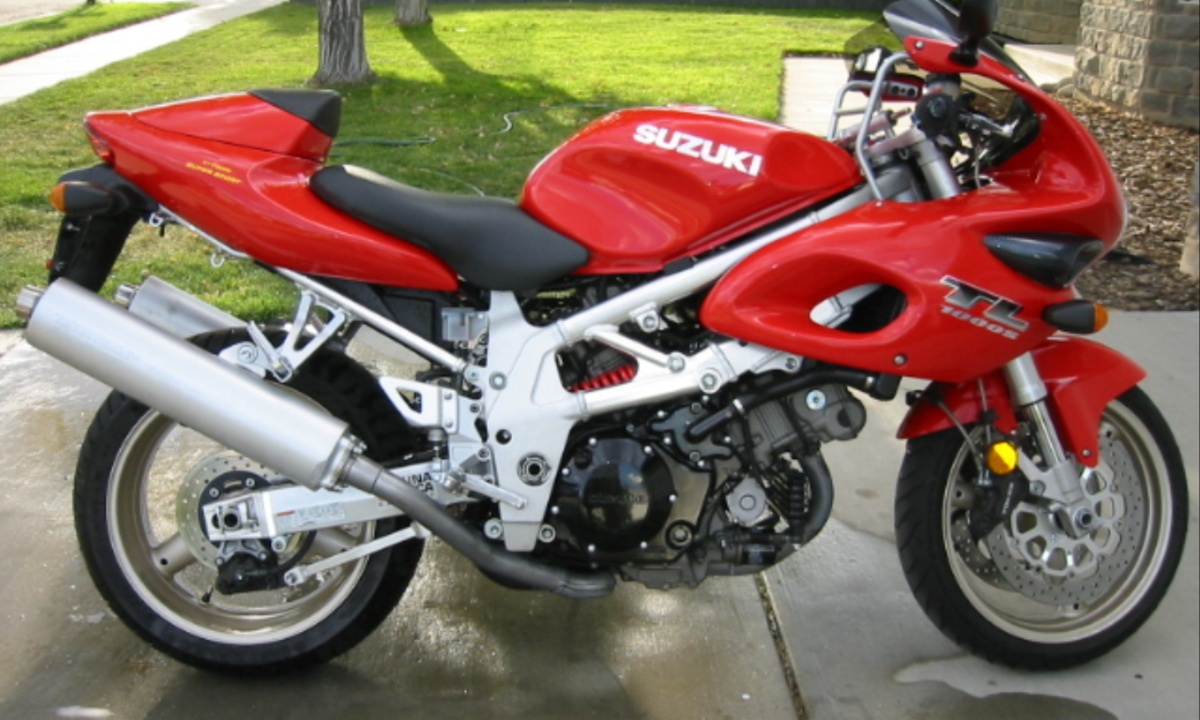
Another major drawback of the TL1000S was its lack of essential safety features. The 1997 model did not come equipped with ABS, traction control, or even a reliable braking system.
These features could have helped stabilize the bike and prevent accidents, especially in high-speed or emergency situations. Instead, the TL1000S relied solely on the rider’s skill to compensate for its shortcomings, making it a risky choice for anyone seeking a safe and predictable ride.
3. Yamaha V-Max (1985)
The Yamaha V-Max VMX1200 was designed for speed-loving riders, blending elements of muscle cruisers, sport bikes, and naked bikes. As a drag-racing-inspired motorcycle, it was built for rapid acceleration with short gearing and immense power output.
However, this sudden surge of power could easily catch an unprepared rider off guard, making the bike difficult to control. Its sheer speed and aggressive nature contributed to its reputation as one of the most dangerous motorcycles ever built.
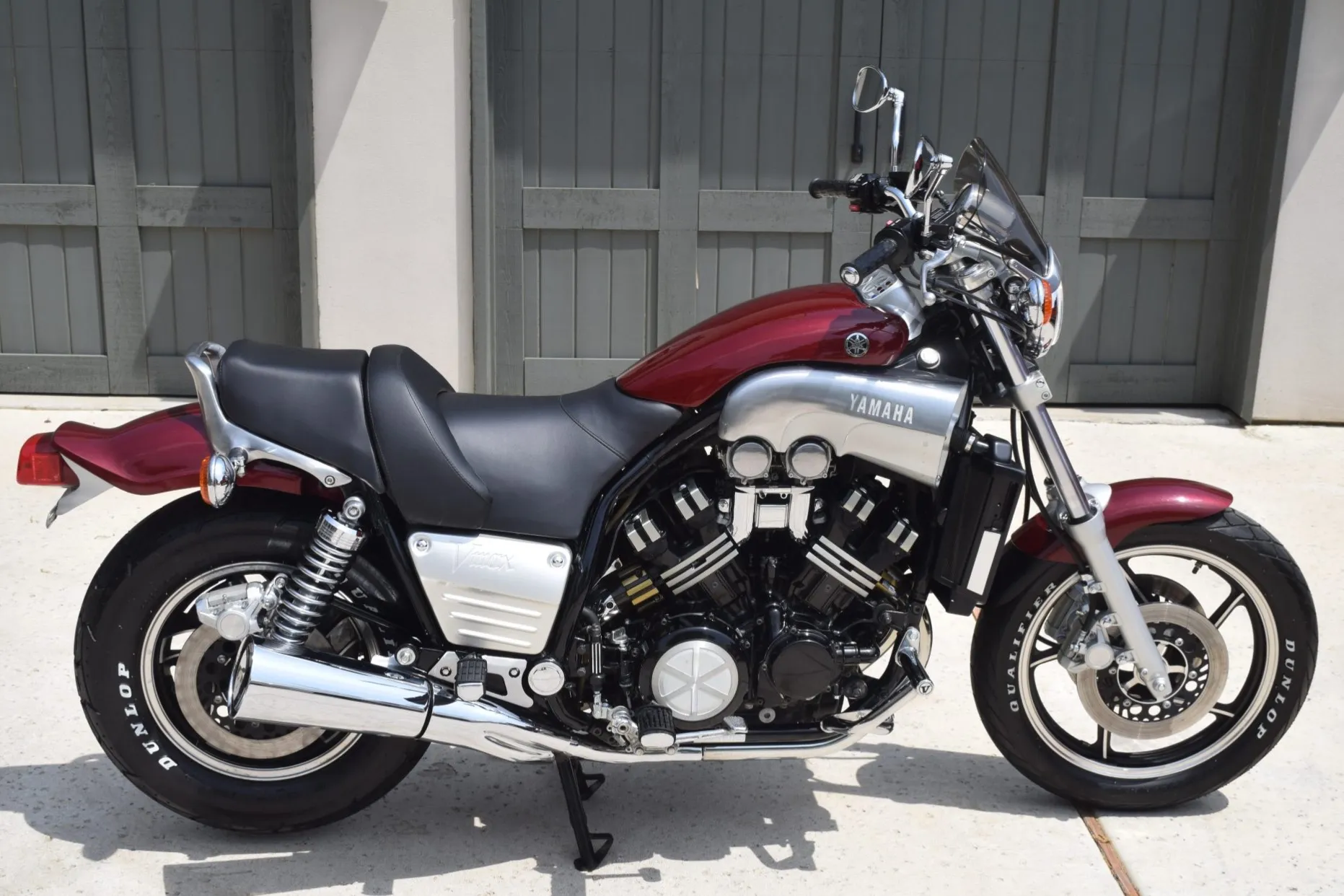
Riding the V-Max required immense skill and discipline, as it left no room for mistakes. The phrase “Respect the power” was especially relevant to this bike, as any miscalculation—such as entering a turn incorrectly or braking abruptly in a panic—could lead to severe consequences.
Its unforgiving nature made it a risky choice, particularly for inexperienced riders who lacked the skills to manage its raw power safely.
The V-Max’s design also contributed to its handling difficulties. With the fuel tank placed under the seat, the bike had a low center of gravity, which helped with straight-line acceleration but compromised maneuverability on winding roads.
While it excelled in drag racing scenarios, its weight distribution and handling characteristics made it challenging to ride on curvy or congested roads, adding to its reputation as a dangerous motorcycle.
4. Harley-Davidson V-Rod (2002)
The Harley-Davidson V-Rod was a departure from the brand’s traditional cruisers, offering a powerful engine and a sleek design. However, its compact and low-to-the-ground structure led to significant handling issues.
While the low center of gravity provided stability in straight-line riding, it made cornering extremely difficult. Leaning into sharp turns was challenging, and riders often scraped the bike’s belly while attempting to maneuver, increasing the risk of losing control and crashing.
Despite its stability at moderate speeds, the V-Rod became unpredictable at higher velocities. The unique weight distribution, while beneficial for drag-style acceleration, made the bike feel unstable during fast rides.
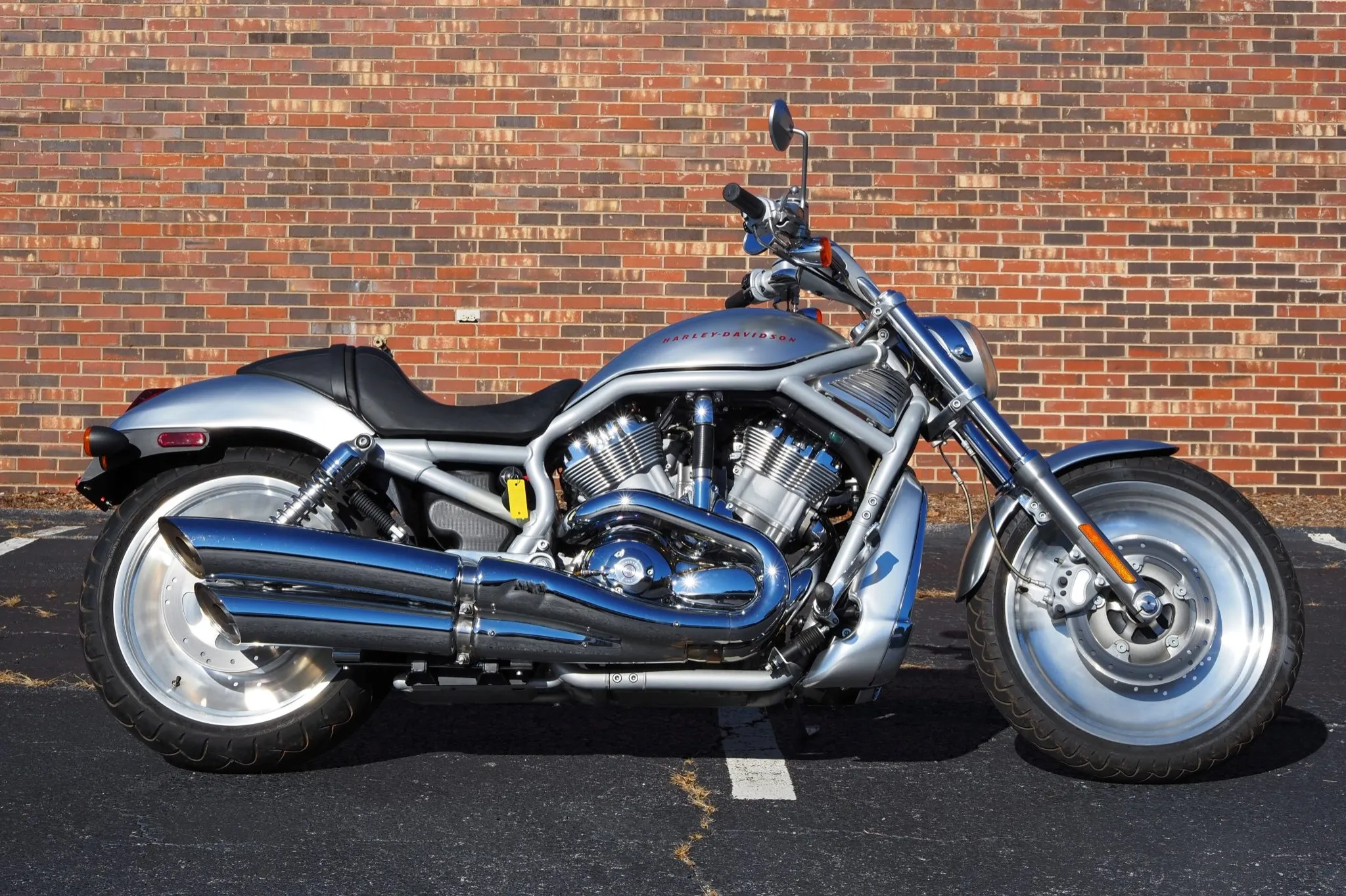
Riders unfamiliar with its handling characteristics could find the V-Rod uncomfortable and unsafe, especially in demanding riding conditions. The combination of high power and questionable stability made it a risky choice for those expecting a smooth and controlled ride.
Unlike traditional Harley-Davidson cruisers, which are known for comfort and a relaxed riding experience, the V-Rod embraced an aggressive and sportier style. While it boasted an impressive engine, it lacked the balanced handling that Harley enthusiasts typically seek.
Its unconventional design and demanding riding dynamics made it less appealing to the brand’s loyal fanbase, solidifying its reputation as a dangerous yet powerful machine.
5. Brough Superior SS100 (1924)
The Brough Superior SS100 was a powerful and eye-catching motorcycle in its time, but it lacked essential safety features. Unlike modern bikes, it did not have anti-lock brakes, traction control, or even a stable chassis.
Its tires provided minimal grip, and the braking system was subpar, making it difficult to stop safely. Combined with the motorcycle culture of the 1920s, where safety standards were minimal, the SS100 was a risky ride.
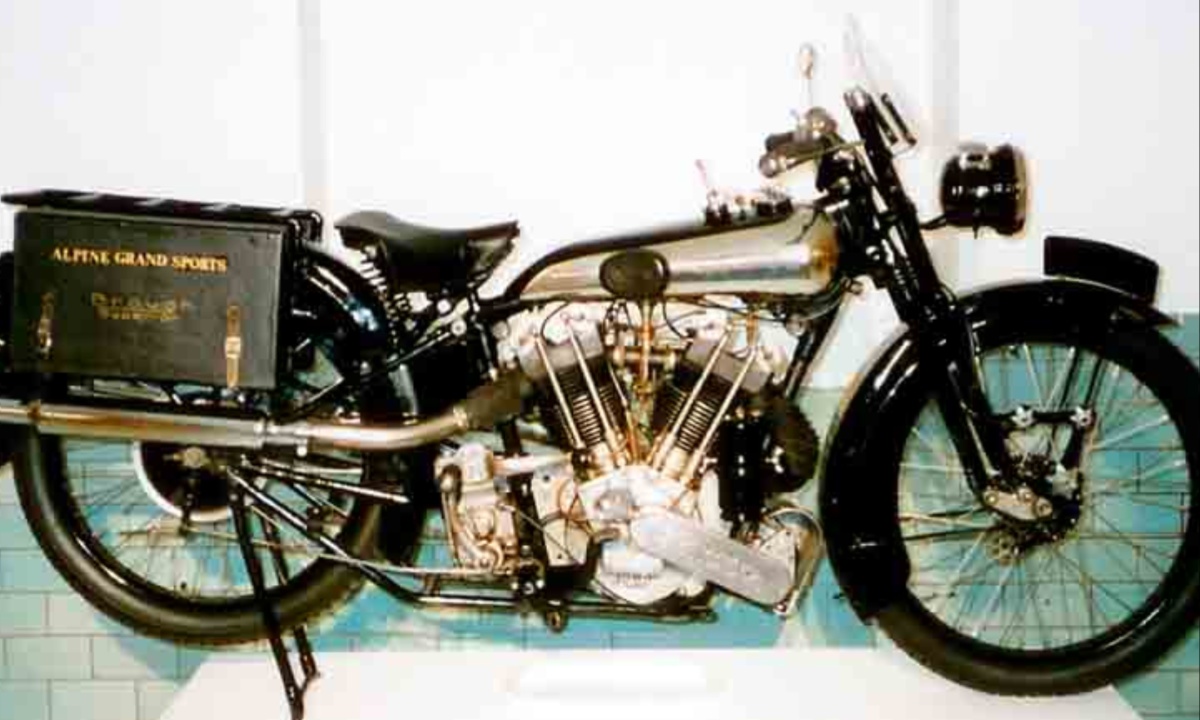
Beyond its lack of safety features, the SS100 also suffered from unstable handling and a stiff suspension. Riding on uneven or bumpy roads was highly uncomfortable, and sudden maneuvers were particularly challenging.
These handling issues made the bike unpredictable and unsafe for both novice and experienced riders. Today, the Brough Superior SS100 is best suited as a collector’s item rather than a practical choice for everyday riding.
Also Read: 10 Motorcycles That Are the Most Dangerous to Ride and Why They Terrified Riders
6. Vincent Black Shadow (1948)
The Vincent Black Shadow was an incredibly fast motorcycle for its time, reaching speeds of up to 125 mph, but it suffered from serious design flaws.
Its chassis was overly flexible, causing extreme vibrations when turning corners, while its stiff suspension made every road bump a challenge, leading to an uncomfortable and unstable ride. Additionally, its braking system was inadequate for the bike’s power, making stopping safely a difficult task.
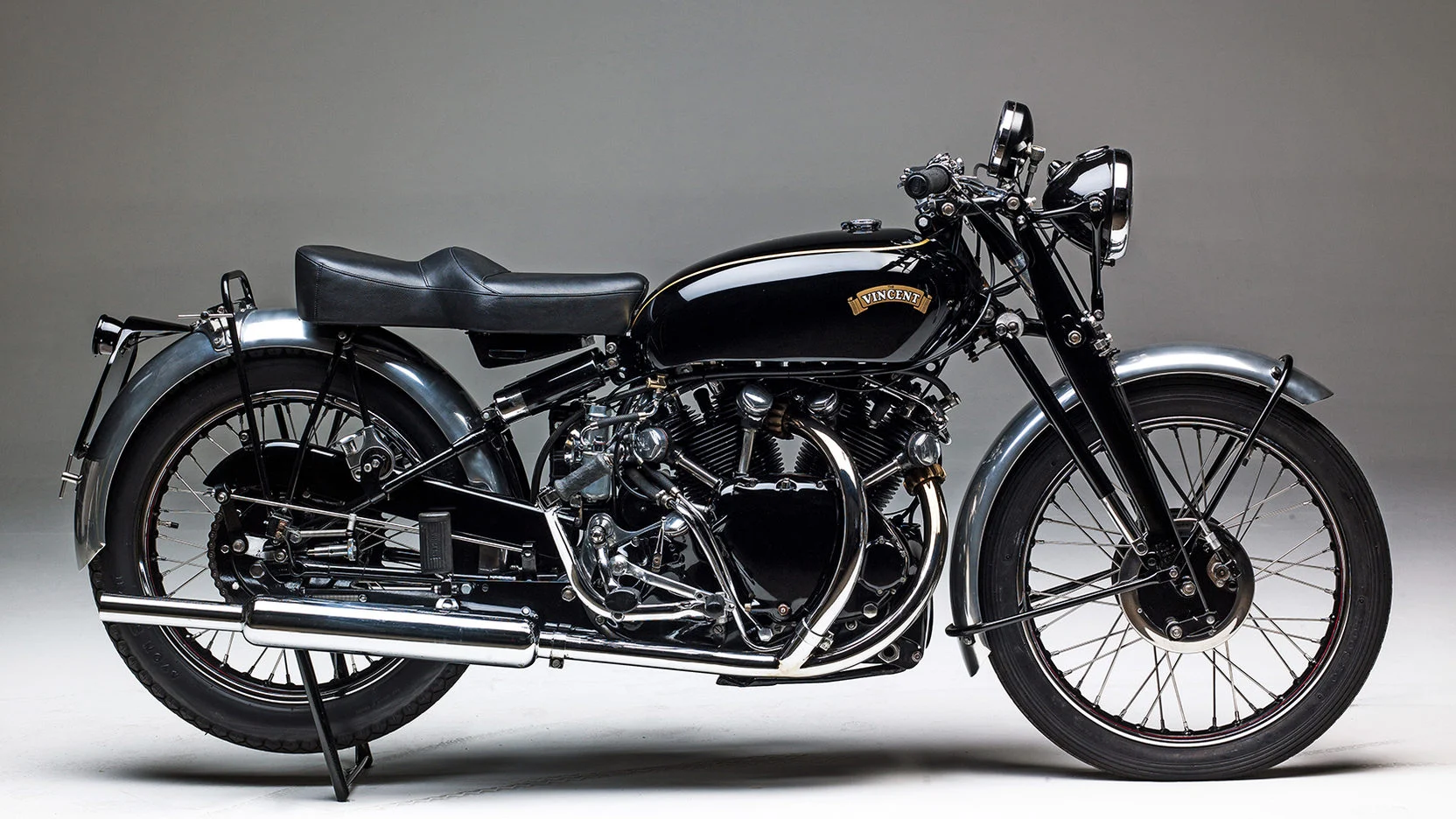
With minimal safety features and unpredictable handling, the Black Shadow was not suited for inexperienced riders. Its combination of high speed, poor aerodynamics, and rigid suspension made it a dangerous choice, requiring exceptional skill to control. While it remains a legendary motorcycle, it was more of a thrill ride for the daring than a practical or beginner-friendly machine.
7. Suzuki TM400 Cyclone (1971)
The Suzuki TM400 Cyclone was a dominant force in the lightweight motocross class, but its design flaws made it extremely dangerous. The bike featured a powerful 396 cc engine housed in a lightweight frame that was not built to handle such intense power.
This imbalance led to highly unstable handling, especially at high speeds. The frame itself was prone to bending, even on smooth terrain, making it unreliable for off-road riding.
One of the most concerning aspects of the TM400 was its unpredictable power delivery. The engine’s power surge could occur anywhere between 3,500 and 5,000 rpm, making throttle control a challenge.
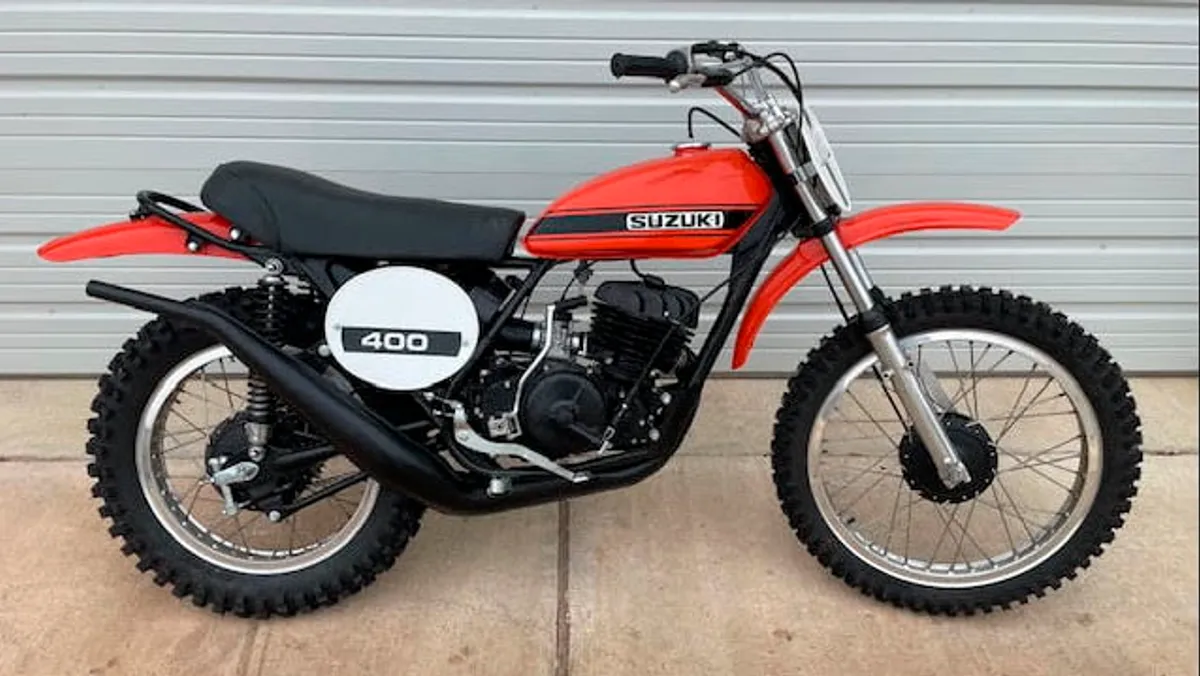
This erratic behavior often caught riders off guard, leading to sudden bursts of acceleration that were difficult to manage. The bike’s aggressive nature required exceptional skill and quick reflexes to avoid accidents.
Despite its lightweight structure, the TM400 Cyclone was far from being beginner-friendly. While many new riders seek out lighter bikes for ease of handling, this machine’s excessive power and erratic performance made it incredibly difficult to control. Only experienced motocross riders could safely handle its raw power, and even they faced challenges in maintaining stability on rough terrain.
8. Kawasaki GPZ750 Turbo (1983)
The 1983 Kawasaki GPZ750 Turbo was a powerful machine, but its sudden power surges made it dangerous for inexperienced riders. Turbochargers provide an extra boost at a certain RPM range, and for those unfamiliar with turbocharged bikes, the abrupt increase in speed could be overwhelming and lead to a loss of control.
The GPZ750 Turbo required precise throttle management and a solid understanding of its aggressive power delivery, making it a risky choice for riders unprepared for its unpredictable acceleration.
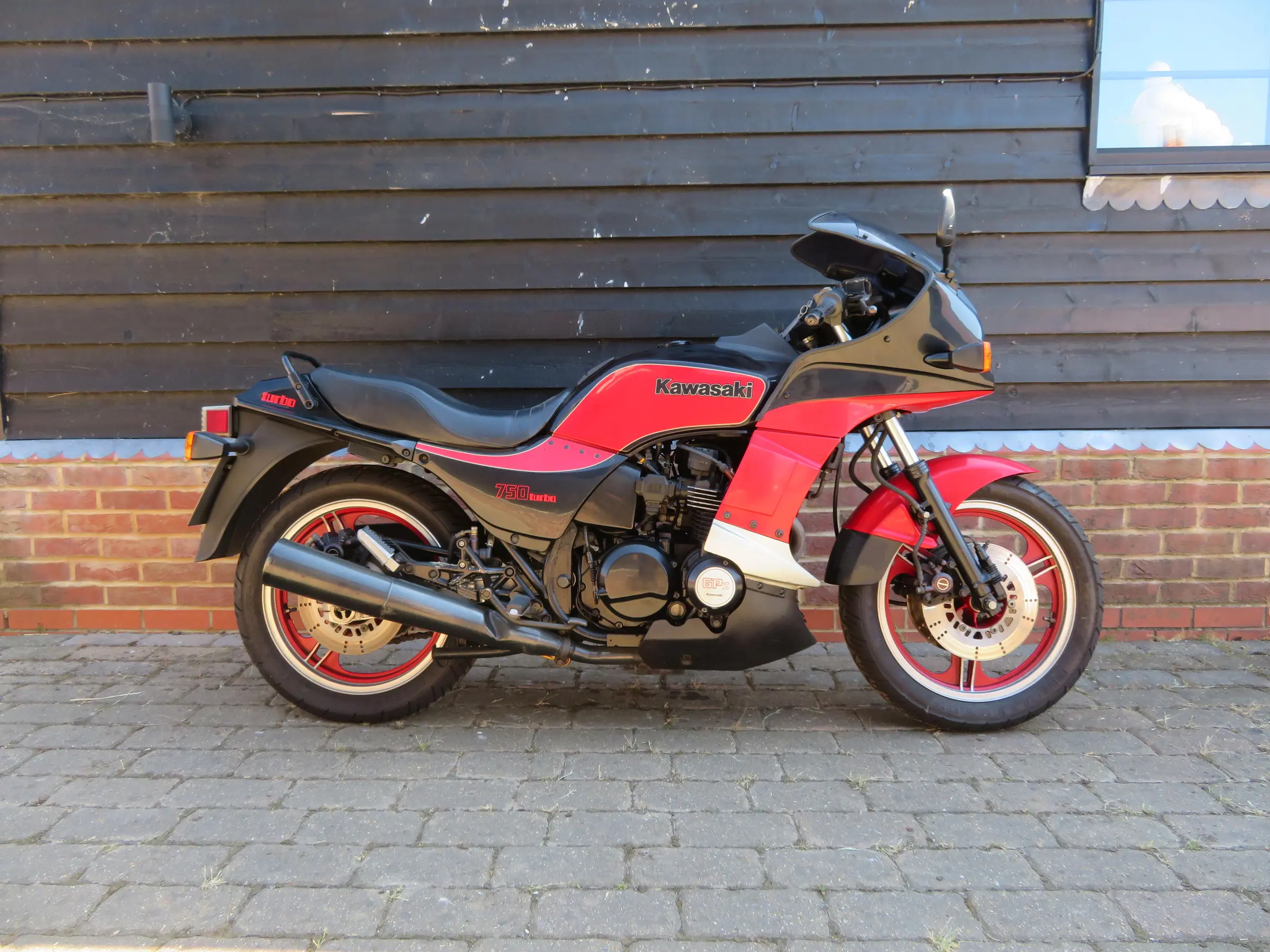
Beyond its challenging power output, the GPZ750 Turbo also suffered from severe heating issues. The addition of a turbocharger made the bike significantly heavier, and the cooling system struggled to dissipate the excess heat generated by the engine.
This overheating problem not only affected performance but also made the bike less practical for regular riding, highlighting the challenges of early turbocharged motorcycle designs.
9. Honda CX500 Turbo (1981)
The 1982 Honda CX500 Turbo was an innovative motorcycle, but its design made it a risky ride. Honda took a bold step by installing a turbocharger on a mid-sized bike, significantly boosting its power output.
However, the bike’s frame and suspension were not designed to handle such performance, leading to instability and unpredictable handling. This mismatch between power and structural capability made the CX500 Turbo a challenging motorcycle to control, especially at high speeds.
For beginners, the CX500 Turbo was particularly dangerous. While mid-sized motorcycles are typically considered manageable for newer riders, the sudden power surges from their turbocharged engines made them difficult to control.
Riders unprepared for the abrupt acceleration could easily find themselves in dangerous situations, making this bike highly unsuitable for those without advanced riding skills.
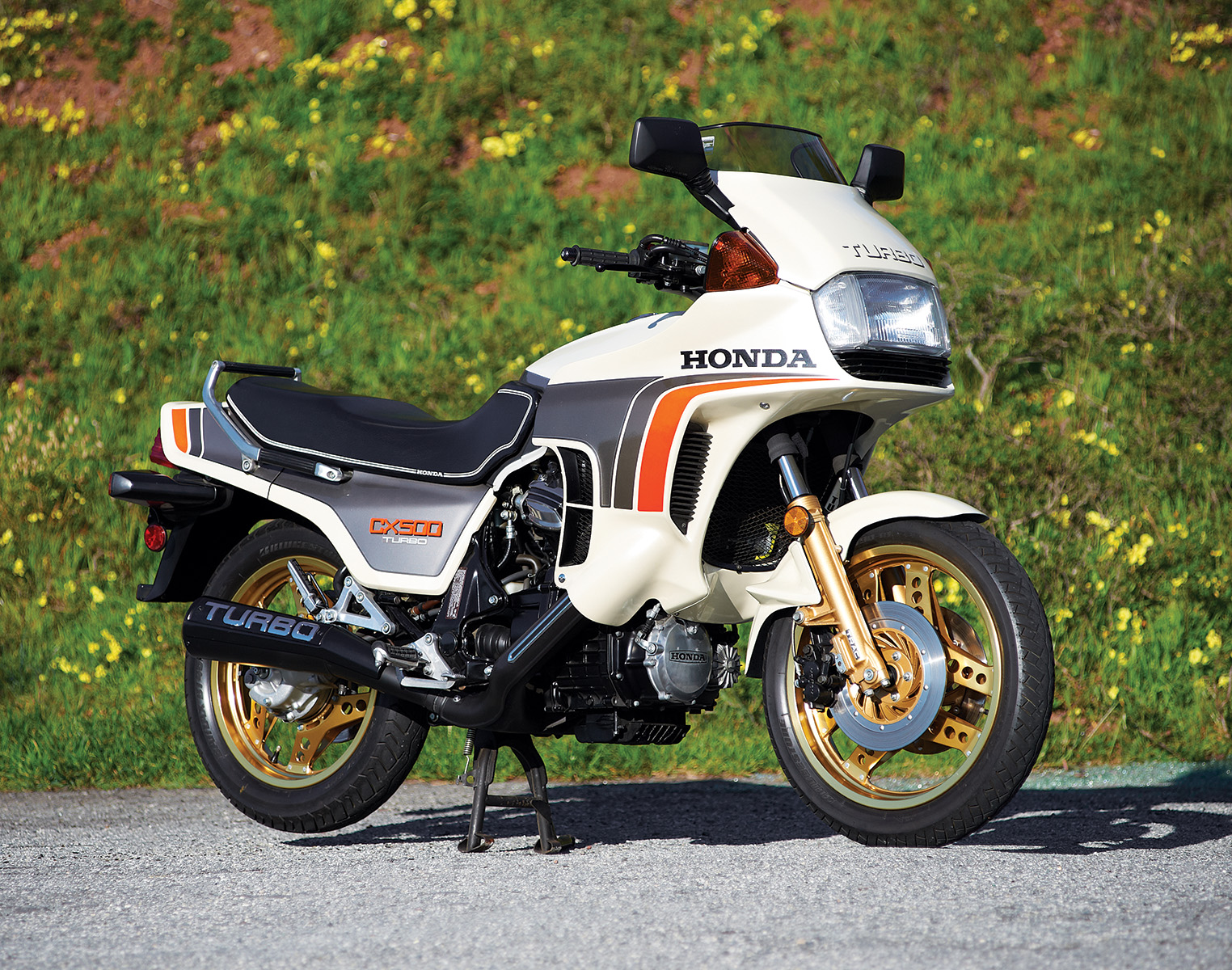
Despite its risks, the CX500 Turbo carried the Honda reputation for reliability and innovation, which may have misled some riders into thinking it was an easy-to-handle machine.
Features like fuel injection made it technologically advanced for its time, but its poor stability and unpredictable turbo characteristics proved to be significant drawbacks. While an exciting and ambitious project, the CX500 Turbo ultimately became known as a dangerous and unforgiving ride.
10. Heavily Modified Bikes
Heavily modified motorcycles can be among the most dangerous bikes if not altered with proper expertise. While modifications can enhance a bike’s performance or aesthetics, improper adjustments can compromise stability and safety.
Riders who get overly enthusiastic about customizing their motorcycles sometimes install incompatible parts from other bikes, which negatively affects maneuverability and braking efficiency. Unnecessary modifications can turn an otherwise reliable machine into an unpredictable and hazardous ride.
One of the most common but risky modifications is upgrading the engine without upgrading the braking system. Increasing power output without enhancing the brakes to match the new performance level can lead to dangerous situations, as the bike may accelerate faster than it can safely stop.
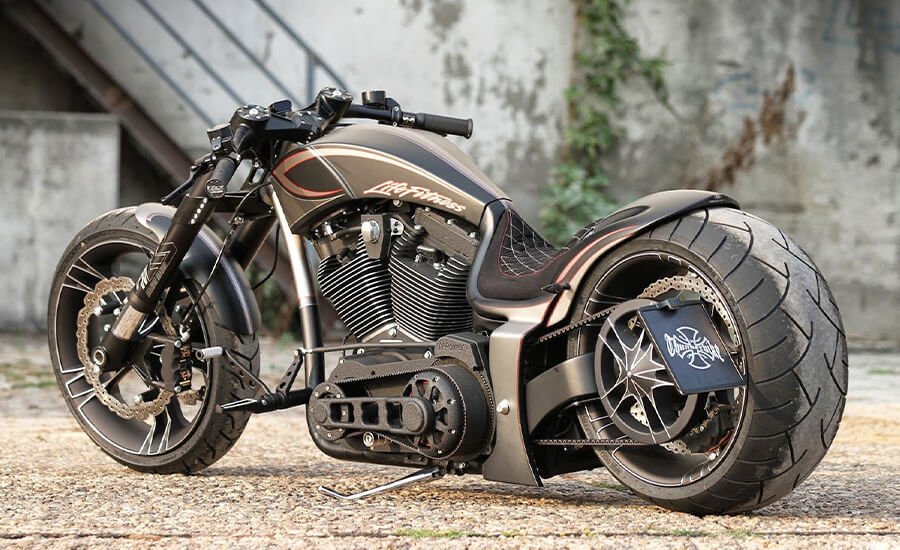
Similarly, suspension modifications are popular but can backfire if done incorrectly. Poorly installed or incompatible suspension upgrades can destabilize the bike, making high-speed riding and cornering extremely difficult and unsafe.
To ensure safety, motorcycle modifications should always be performed by an experienced mechanic or custom builder who understands how changes impact the bike’s overall performance.
Modifications should enhance a motorcycle’s handling and braking capabilities rather than making it more dangerous. Riders should prioritize safety and functionality over aesthetics or excessive power to maintain a smooth and secure riding experience.
Also Read: 10 Motorcycles That Offer the Best Safety Features With Cutting-Edge Technology

